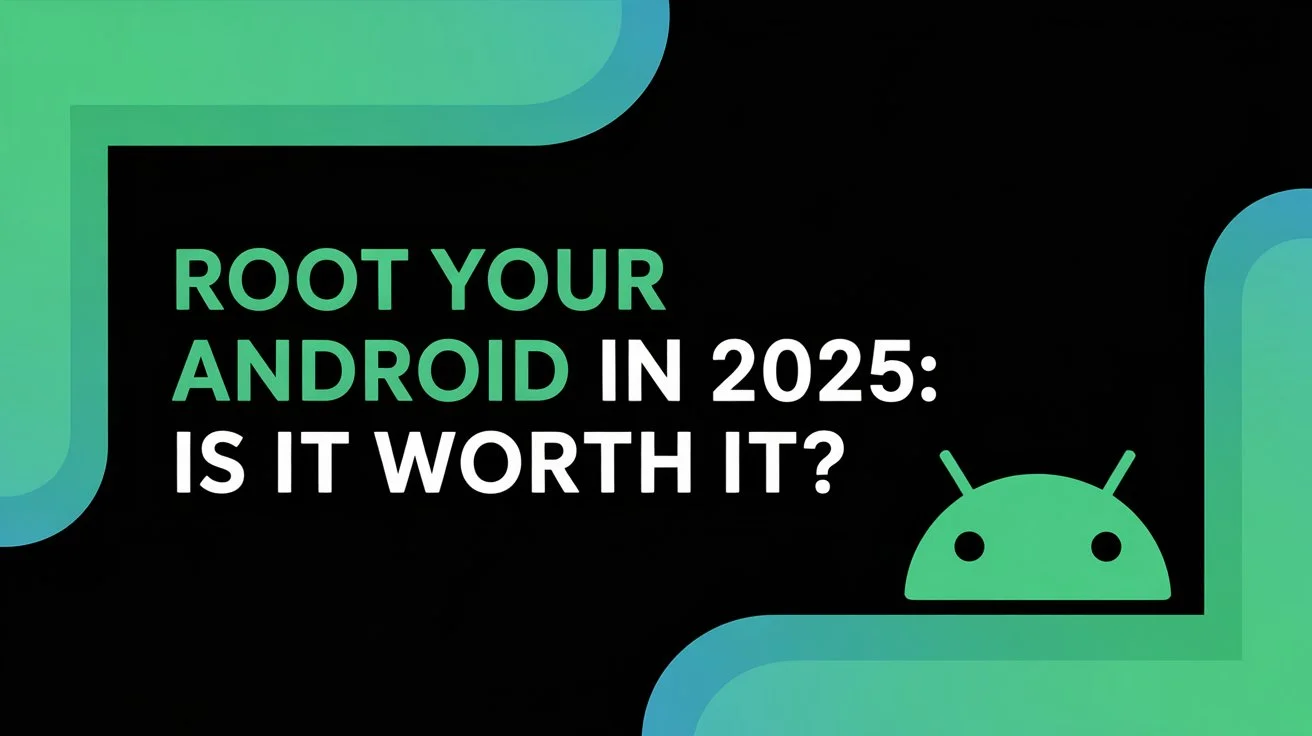Introduction
The rise of mobile filmmaking has transformed the way stories are told. Today, anyone with a smartphone can shoot film with phone-quality that rivals traditional cameras. Whether you’re a YouTube beginner, TikTok creator, or aspiring indie filmmaker, your phone is a powerful tool for cinematic storytelling. Let’s dive into the best mobile filmmaking on a budget tips to help you create stunning videos—without breaking the bank.
Table of Contents
1. Why Film with Your Phone?
- Portability & Accessibility: Smartphones are always with you, making spontaneous shooting possible.
- Low Cost: No need for expensive cameras or lenses.
- Powerful Technology: Modern phones offer 4K video, manual controls, and advanced stabilization.
- Success Stories: Films like Tangerine (shot on iPhone 5s), High Flying Bird, and Unsane (both by Steven Soderbergh) prove that even feature films can be made with smartphones.
- Social Media Ready: Perfect for YouTube Shorts, Instagram Reels, and TikTok.
2. Pre-Production: Planning Your Mobile Shoot
- Scriptwriting & Storyboarding: Even a simple outline helps keep your shoot organized.
- Location Scouting: Choose well-lit, quiet places. Natural light is your friend.
- Shot List & Scheduling: Plan your shots to maximize efficiency and minimize reshoots.
3. Essential Mobile Filmmaking Gear
Tip: Clean your phone’s lens before every shoot for the sharpest image.
4. Best Camera Settings for Smartphone Video
- Resolution: Set to 4K for maximum detail.
- Frame Rate: 24 or 30 fps for cinematic look.
- Aspect Ratio: 16:9 for YouTube, 9:16 for TikTok/Reels.
- Manual Controls: Use apps like Filmic Pro or Protake for full control over exposure, focus, and white balance.
- Turn Off HDR: Prevents editing issues and overexposed footage (especially on iPhone).
- Disable Auto FPS: Keeps your video consistent.
5. Shooting Techniques for Cinematic Results
- Framing & Composition: Use grid lines; try symmetry or the rule of thirds for professional-looking shots.
- Lighting: Face a window for natural light or use a portable LED panel. Avoid backlighting to prevent silhouettes.
- Movement: Use a tripod or gimbal for steady shots. For DIY stabilization, brace your arms or use household objects.
- Angles: Experiment with low, high, and tracking shots for dynamic visuals.
6. Audio Tips: Don’t Rely on Built-in Mics
- External Mics: Lavalier (clip-on) or shotgun mics deliver clearer sound, especially at a distance.
- Audio Recorders: For advanced setups, use a separate recorder and sync in post.
- Monitor Audio: Use headphones to check for background noise.
7. Post-Production on Your Phone
Best Film Editing Apps for Phone:
- CapCut: Free, easy, and feature-rich for beginners.
- VN Video Editor: User-friendly with advanced features.
- LumaFusion: Pro-level editing for iOS.
- KineMaster: Multi-track editing, effects, and transitions for Android/iOS.
- iMovie: Great for iPhone users, simple and effective.
Color Grading & Effects:
- Adjust brightness, contrast, and color temperature for a cinematic look.
- Add music, titles, and transitions to enhance storytelling.
8. Sharing Your Masterpiece
- Export Settings: Choose the right resolution and aspect ratio for each platform (YouTube, Instagram, TikTok).
- Promotion: Use hashtags, engaging thumbnails, and cross-post to reach a wider audience.
- Join Communities: Share your work in online groups and film contests for feedback and exposure.
9. Common Mistakes to Avoid
- Overexposing Shots: Use manual controls to manage exposure.
- Ignoring Audio Quality: Invest in a good mic.
- Shaky Footage: Use stabilization tools or creative DIY solutions.
- Dirty Lenses: Always clean before shooting.
- Running Out of Storage/Battery: Transfer files regularly and carry a battery bank.
10. Final Thoughts: You Don’t Need Expensive Gear to Tell a Great Story
Creativity beats technology. Focus on storytelling, composition, and lighting. Practice, experiment, and learn from each project. The mobile filmmaking community is vibrant—join forums, watch tutorials, and enter contests to keep improving.
Ready to shoot your first mobile masterpiece? Grab your phone, follow this mobile filmmaking on a budget tips, and start telling your story today!



